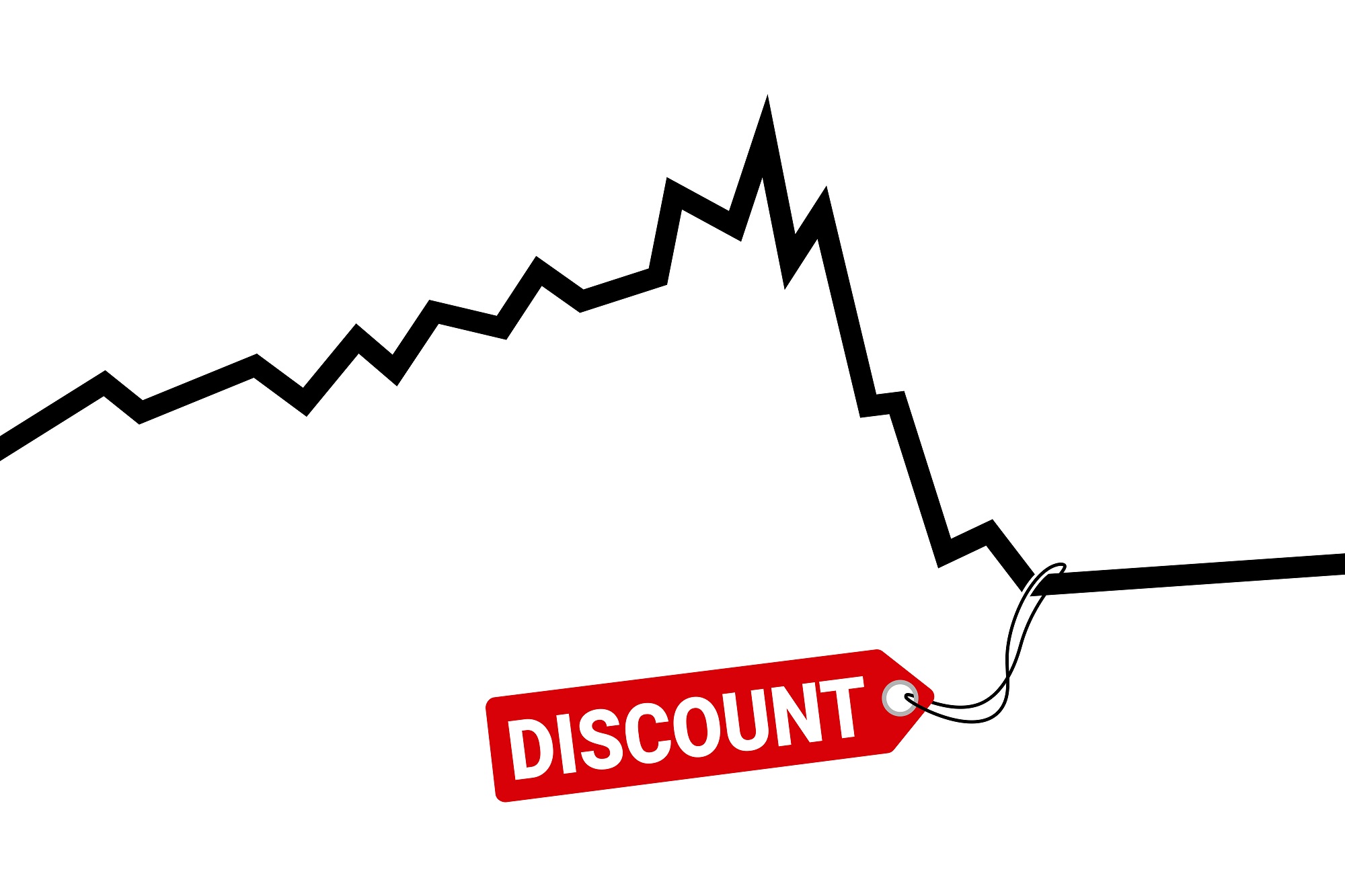Introduction:
In investing, the holy grail is finding undervalued stocks—stocks with promising potential that trade below their intrinsic value. Imagine stumbling upon a gem like Amazon in its nascent stages, poised for meteoric growth. The allure of such discoveries drives countless investors to spend hours poring over financial data, seeking that elusive diamond in the rough.

Image: nulltx.com
Unveiling Value: Techniques for Identifying Undervalued Stocks
There’s no crystal ball for identifying undervalued stocks, but certain techniques can help tilt the odds in your favor. Here are tried-and-true methods to pinpoint these hidden investment opportunities:
Discounted Cash Flow (DCF) Analysis:
DCF analysis projects a company’s future cash flows and discounts them back to the present value. If the current market price of the stock is significantly below this discounted value, it’s a potential indicator of an undervalued stock.
Comparative Valuation:
Compare the financial metrics of similar companies in the same industry. If a company’s Price-to-Earnings (P/E) ratio, Price-to-Book (P/B) ratio, or other key ratios are significantly lower than its peers, it might signal undervaluation.

Image: edgeinvestments.org
Historical Analysis:
Review the company’s historical performance over time. If the current stock price is significantly below its previous highs while the company’s fundamentals remain strong, it could present a buying opportunity.
Margin of Safety:
In valuing a stock, apply a margin of safety to your calculations. This buffer accounts for potential errors in estimation, ensuring you acquire stocks at a price substantially below your perceived intrinsic value.
– Tips and Expert Advice for Uncovering Undervalued Stocks
Seasoned investors have honed their skills in recognizing undervalued stocks. Here are some tips and expert advice to guide your journey:
- Search for companies with strong financial health, consistent revenue growth, and low debt.
- Seek companies with experienced management teams and clear competitive advantages.
- Consider companies operating in industries with high growth potential and positive industry tailwinds.
- Be patient and willing to hold stocks for the long term. Undervalued stocks may take time to appreciate but have the potential for significant returns.
– Frequently Asked Questions (FAQs) on Undervalued Stocks
Q: What are the limitations of traditional valuation methods?
A: Traditional valuation methods often rely on historical data and can be impacted by macroeconomic factors and market sentiment.
Q: How can I stay informed about potential undervalued stocks?
A: Monitor industry news and follow reputable financial analysts. Utilize screening tools and online forums to identify potential candidates.
Q: Is it better to focus on large or small-cap stocks for undervalued opportunities?
A: Both large-cap and small-cap stocks can present undervaluation opportunities. Small-cap companies may offer higher growth potential, while large-cap companies provide stability and diversification.
How To Find Stocks That Are Undervalued
Conclusion: Empowering Investors to Unlock Hidden Value
Navigating the stock market can be a jungle of numbers and jargon, but understanding the techniques to identify undervalued stocks can make the task less daunting. By adopting these strategies and leveraging the wisdom of experienced investors, you can sharpen your eye for hidden gems, unlocking the potential for significant returns in your portfolio.
But remember, investing comes with risks, so conduct thorough research, diversify your investments, and invest only what you can afford to lose. Are you ready to embark on the thrilling quest of finding undervalued stocks?







